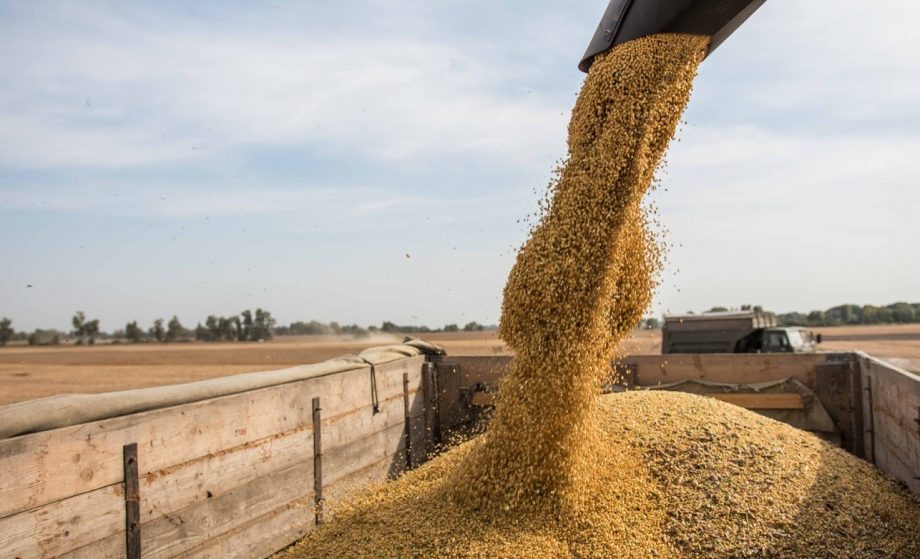
What will happen to the grain corridor, which is practically not working now

During the war, the established work patterns in all spheres of Ukrainian business underwent changes. Entrepreneurs had to develop new supply and sales chains, restore completely destroyed production and/or relocate to other regions. But, perhaps, no industry has experienced such difficulties as the agricultural sector.
In recent months, Ukraine’s grain corridor has effectively stopped working. The process of normal agricultural export is significantly hampered by the Russian Federation, which refuses to launch ships into the “grain corridor”. This export route almost did not work from June 2023, as a result of which Ukrainian businesses suffered losses of more than $1 billion.
The only prospect for Ukrainian farmers and traders to fulfil export plans and preserve margins is the opening of Black Sea ports and a “grain corridor” without Russia.
In such conditions, agribusiness began to actively look for other ways and develop transhipment of grain through the Ukrainian ports of the Danube.
To date, river and sea freight rates on the Danube are gradually increasing due to increased demand from shippers, and ship freight to Danube ports will continue to become more expensive.
However, river logistics through the ports of the Danube currently remain the main export direction for Ukraine – it allows more than 2 million tons of grain and oil crops to be exported for sale every month.
As of now, the main goal of Ukraine is to take out the ships that have been in such forced captivity for more than a year and a half due to constant threats in the waters of the Black Sea.
“Grain Corridor” would be very appropriate now. Turkey is working on proposals to restore the grain agreement, and a ship that had been standing there since the beginning of the great war successfully left the ports of Odessa and arrived at its destination. However, if the “grain corridor” will function in the future, it will work at minimum capacities.
Another good news is the introduction of measures that will increase trade with Ukraine to 3-4 million tons. Thus, in August-September, an anchorage for five ships should be operational on the territory of the port of Constanta, which will increase the turnover of river terminals and barges on the Danube, in particular for goods from Ukraine.
The plans also include the organization of additional anchorages in Romanian territorial waters at the exit from Sulina. About 30 pilots are being trained in Romania to speed up navigation, which will ensure round-the-clock operation of the channel. In addition, the European Commission allocated money for navigation equipment that will improve and speed up navigation in Sulin.
However, the delivery of agricultural products to any foreign export bases significantly increases the cost of logistics, which “bites off” a significant part of the profitability of Ukrainian producers. Although there are alternative options for exporting products, they are quite expensive. At the current cost of logistics, even with the nearest detour, through the Danube, producers will be forced to sell grain below cost.
This may prevent farmers from completing next year’s sowing. And such a possible scenario of the development of events hurts the long-term prospects of agricultural producers.

